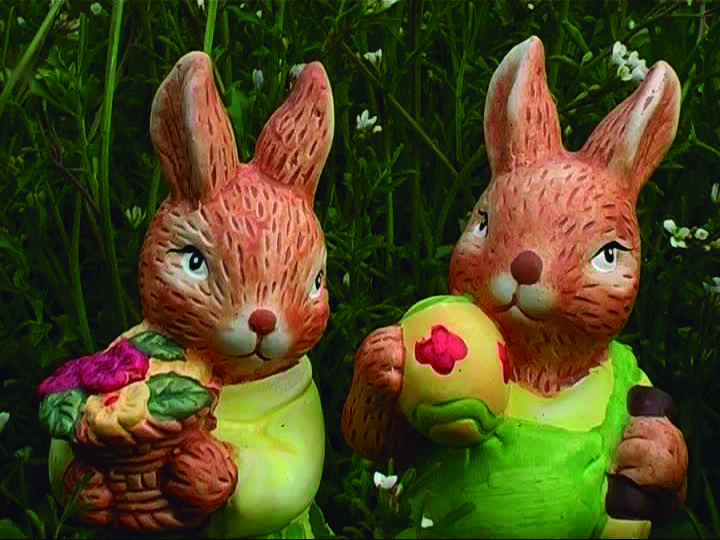La Pascua, originalmente, es una fiesta religiosa que se celebra la muerte y resurrección de Cristo, aunque a lo largo de la historia se la han sumado más tradiciones como la de los huevos de Pascua.
El de estos coloridos huevos forman parte de las celebraciones anglosajonas donde representaban la nueva vida y el inicio de la primavera. En el siglo XIX surgió la tradición de decorarlos y hacerlos de chocolate.
En el catolicismo se retomaron algunas de las tradiciones, se adaptaron y relacionaron con la muerte y resurrección de Jesús. Por ejemplo, la prohibición de comer carne durante la Cuaresma (40 días antes de la muerte de Cristo) se sumaba también la de consumir huevos.
Durante ese tiempo las familias decidían conservarlos y, en una primera instancia, se los recubría con cera para evitar que se vencieran. Con el paso de los años se incluyó la pintura, para luego regalarlos a familiares y amigos el domingo de Pascua.
Tiempo después, se cambiaron los huevos clásicos por los de chocolate y la tradición se extendió a todo el mundo hasta la actualidad.
Leyenda del “conejo de Pascua”
Tiene su origen en la era precristiana entre los pueblos del norte de europa, ya que el conejo es símbolo de la fertilidad relacionado con las fiestas por la primavera en las tradiciones germana, celta y escandinava.
Su alta capacidad de procreación hacen que también sea vinculado con la diosa germana Ostara, también conocida como Eostre, quien a se le rendía tributo cuando llegaba la primavera.
La teoría fue retomada por diversos autores desde el siglo XVII, quienes ven la similitud del nombre de la diosa con el nombre de la Pascua en inglés: Easter.
The origin of the eggs and the Easter rabbit
Easter, originally, is a religious festival that celebrates the death and resurrection of Christ, although throughout history it has been joined by more traditions such as Easter eggs.
The one of these colorful eggs forms part of the Anglo-Saxon celebrations where they represented the new life and the beginning of the spring. In the 19th century, the tradition of decorating them and making them of chocolate arose.
In Catholicism some of the traditions were retaken, adapted and related to the death and resurrection of Jesus. For example, the prohibition of eating meat during Lent (40 days before the death of Christ) was also added to consume eggs.
During that time the families decided to keep them and, in the first instance, they were covered with wax to prevent them from expiring. Over the years, the painting was included, and then given to family and friends on Easter Sunday.
Some time later, the classic eggs were changed to chocolate eggs and the tradition spread throughout the world until today.
Legend of the «Easter Bunny»
It has its origin in the pre-Christian era among the peoples of northern Europe, since the rabbit is a symbol of fertility related to the festivities by spring in the Germanic, Celtic and Scandinavian traditions.
Its high capacity of procreation make that it is also linked with the Germanic goddess Ostara, also known as Eostre, who was paid tribute when spring arrived.
The theory was taken up by various authors from the seventeenth century, who see the similarity of the name of the goddess with the name of Easter in English: Easter.

